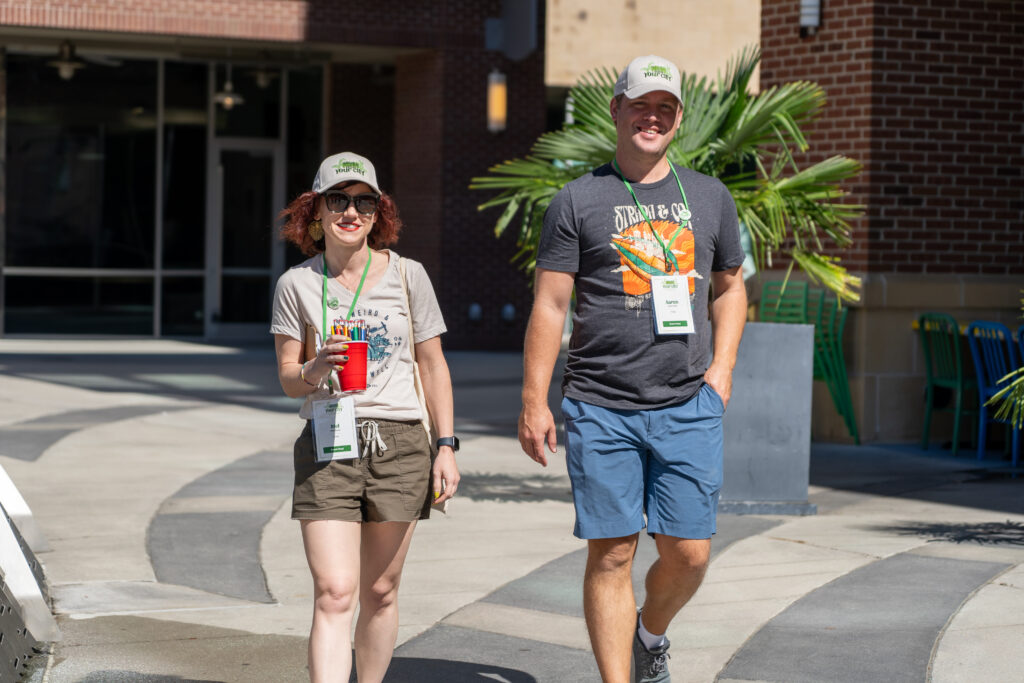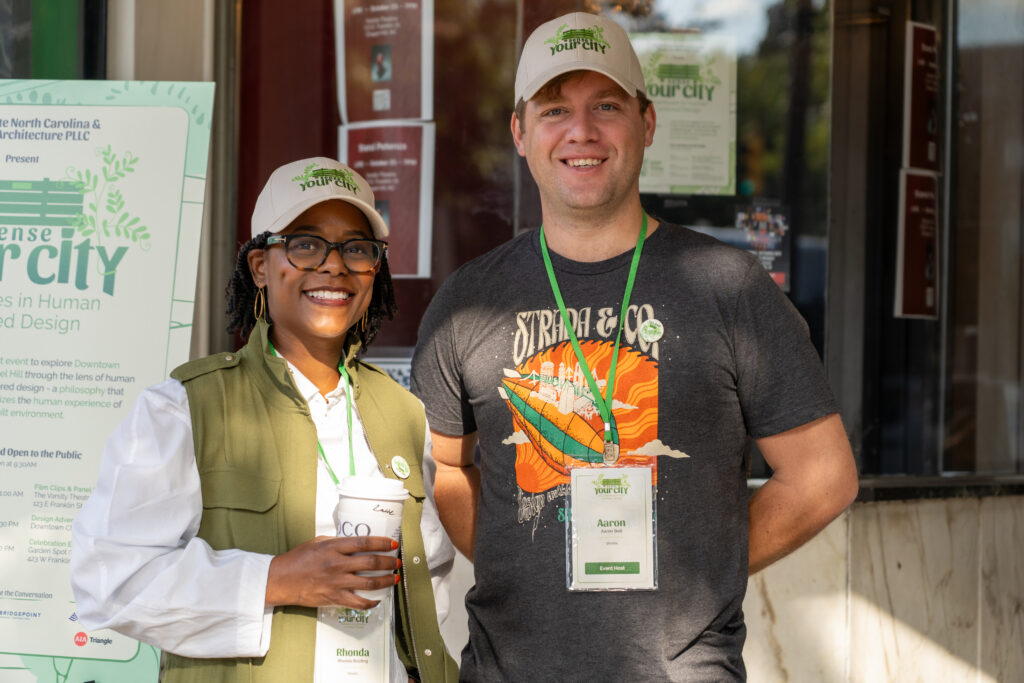Since joining Strada in early 2012, I’ve had the pleasure of working at all our design studios – in Pittsburgh, Philadelphia, and Chapel Hill. This experience has given me a little insight into our studio process and how we collaborate, as well as what works and what doesn’t. Here are my observations on why we work well together, not only with each other, but with the larger project team, and, most importantly, our clients.
Establishing trust and building collaborative relationships is an essential part of architectural practice and a challenging thing to get right. This is especially true in cross-studio environments and with post-pandemic hybrid work schedules. Complex projects and demanding deadlines can often strain these relationships, so it’s important to establish roles and trust early so that a team can rely on one another to get things done and done well. As for the design of the project, the best results are the ones that undergo a series of iterative developments, giving everyone an opportunity to contribute an idea or offer a critique that helps advance the project forward. This requires structure to avoid potential chaos. Our studio environment across our three Strada locations helps navigate that road.
One of my more recent experiences working cross-studio was with the Sense Your City event, orchestrated through our Chapel Hill studio. My North Carolina teammates lead the charge in bringing accessible architecture to the community, with steady support from our other two studios.
Through building sessions, walking tours, panel discussions, and food, we celebrated and expanded community thinking. It’s a testament to our daily work together that we were able to provide this fresh and engaging event. United under our banner of Design with People in Mind®, our three studios are even better equipped to be advocates to the communities we serve.

The Studio Approach to Design
Part of the challenge with a cross-office approach is for the team to reach a consensus. This is critical as it allows the team to have confidence that the design is the best that it can be. The studio model forces us, as designers, to pin-up our work and see what sticks. Projects benefit the most from a combination of formal peer reviews and impromptu conversations that result from casually observing work that has been pinned up, whether digital or physical.
The cross-office approach often requires technology as the medium for collaboration. Some of our favorite resources include Microsoft Teams, Airtable, and Miro. Email is, of course, always a great vehicle for sending sketches to get the project team’s feedback, but the added dynamics of Teams allows for conversation and collaboration in a comfortable space.
After a series of pin-ups and formal critiques, a smaller team will refine the approach, receive more feedback, refine some more, and so on. This tried-and-true studio approach to design ensures that the best ideas see the light of day, and that the team is confident that the design solution is the best one to pursue.

Communication & Culture
Communication is vital to the success of cross-studio collaboration. I can confidently say that we genuinely enjoy working with each other at Strada. This is partly due to the non-hierarchical way Strada is structured. We believe strongly that we are each other’s peers. This peer environment encourages mutual respect, shared responsibility, and personal accountability. We truly work as team. Speaking for myself, this environment keeps me engaged and always looking forward to the next challenge.
Although we work out of three separate offices in two states, we are one team. We regularly share status updates and highlight major accomplishments every month at our First Friday gathering. This is a great opportunity to learn about the exciting things happening at Strada across the miles. During this meeting, we share a mix of personal achievements, exciting project updates, and company and industry updates, all while engaging in a steady and joy-filled chat stream.
Building strong relationships is important to us, so every Thursday (our last day of the week in-person), we end work a little early for “Chill:30,” our office happy hour. This is a great opportunity to unwind with a beverage and snack over a game of pool or casual conversation before heading home.
Collaboration is vitally important to the success of a project, and ultimately the success of our clients and end-users. Our communication is consistent and streamlined. Having fun while working with each other encourages those open lines of communication, and keeps us all coming back for more.
As we continue to grow as a firm with multiple office locations, I’m confident that our studio culture will flourish, and we will have more opportunities to create amazing places for our clients and the people that use them.

